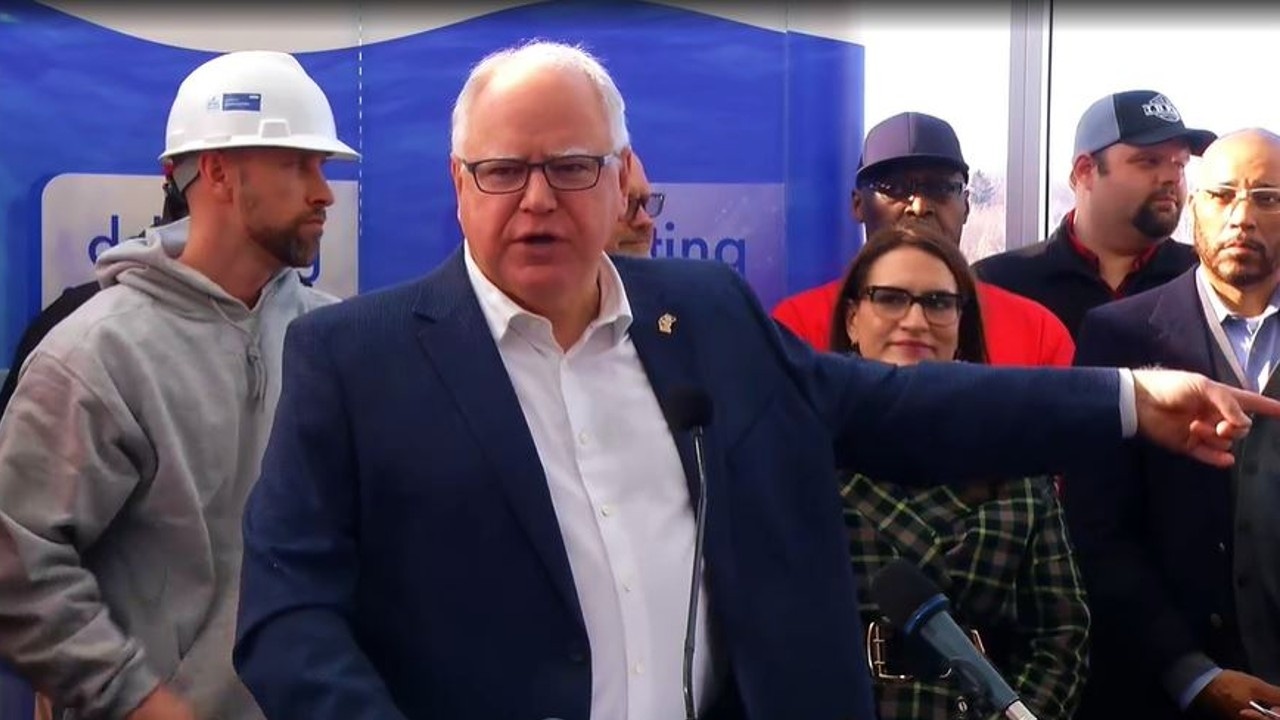Walz announces $3.3 billion infrastructure plan
[anvplayer video=”5159570″ station=”998122″]
Two days after unveiling their full budget proposal, Gov. Tim Walz and Lt. Gov. Peggy Flanagan have announced their infrastructure plan.
Thursday morning, Walz and Flanagan visited a water treatment facility in St. Paul to unveil their $3.3 billion plan proposal.
The plan calls for more than $650 million to go toward road, bridge and water system projects, $260 million to repair and replace buildings at the University of Minnesota and Minnesota State college systems, $470 million for safe and affordable housing projects, $90 million for renovations and replacements at veterans homes and $312 million for environmental stewardship projects.
“The investments in our Infrastructure Plan are a down payment on the future of our state,” Walz said. “Strong infrastructure is what allows Minnesotans to live safe and healthy lives. It’s what keeps our drinking water clean, our roads and bridges safe to drive on, and our communities safe from flooding. The investments in our 2023 Infrastructure Plan will support the economic vitality of our communities, while creating thousands of good-paying jobs.”
A bonding bill has been a priority for many in the state after lawmakers failed to agree on legislation last year. While DFL lawmakers hold slim majorities in each chamber at the state Capitol, they’ll have to work with at least some Republicans to pass a bonding bill because it requires 60% approval.
If Republicans want to stop or delay the bonding bill, DFL leaders said they’d consider using some of the state’s $17.6 billion surplus to pay cash for projects because that wouldn’t require Republican support. However, the governor has expressed a desire to have bipartisan support for a bonding bill.

Gov. Tim Walz speaks during a press conference to announce his bonding bill proposal on Jan. 26, 2023. (KSTP-TV)
As reported by 5 EYEWITNESS NEWS earlier this week, Walz and Flanagan have announced their two-year budget proposal, which includes tax cuts, direct checks, lowering taxes on Social Security benefits, increasing the School Building Bond Agricultural Credit to support rural schools and directing more funding toward the Local Government Aid and County Program Aid programs to help pay for local infrastructure that typically relies on property taxes.